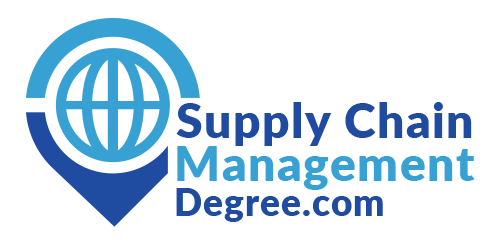
Navigating Supply Chain Risks: Essential Strategies for Effective Risk Management
In today’s interconnected global economy, supply chains are susceptible to a myriad of risks that can disrupt operations and impact organizational performance. Supply chain risk management is essential for identifying, assessing, and mitigating these risks to ensure continuity and resilience. In this blog, we’ll delve into the complexities of supply chain risk management, exploring key strategies for identifying, assessing, and mitigating risks to safeguard supply chain operations.
Supply Chain Mapping
A crucial first step in supply chain risk management is comprehensive supply chain mapping. By mapping out the entire supply chain network, including suppliers, manufacturers, distributors, and logistics partners, organizations gain visibility into potential vulnerabilities and points of failure. Supply chain mapping allows for a thorough understanding of dependencies and interconnections, enabling proactive risk identification and mitigation strategies.
Risk Assessment Methodologies
Effective risk assessment methodologies are essential for evaluating the likelihood and impact of potential supply chain risks. Organizations can employ various risk assessment techniques, such as qualitative and quantitative analysis, scenario planning, and historical data analysis, to identify and prioritize risks based on their severity and probability of occurrence. By conducting rigorous risk assessments, organizations can focus resources on addressing high-priority risks that pose the greatest threat to supply chain resilience.
Contingency Planning
Contingency planning involves developing proactive strategies and response mechanisms to mitigate the impact of supply chain disruptions. This may include implementing redundant supplier relationships, diversifying sourcing options, maintaining safety stock levels, and establishing alternative transportation routes. By having robust contingency plans in place, organizations can minimize the impact of unforeseen disruptions and ensure continuity of operations during times of crisis.
Importance of Collaboration and Resilience
Collaboration and resilience are essential elements of effective supply chain risk management. Organizations must foster collaborative relationships with key stakeholders, including suppliers, customers, and logistics partners, to share information, coordinate response efforts, and build resilience across the supply chain network. By working together to identify and address risks collectively, organizations can strengthen their ability to adapt and respond to evolving challenges and disruptions.
Supply chain risk management is a complex and multifaceted endeavor that requires proactive planning, diligent assessment, and collaborative efforts. By embracing supply chain mapping, robust risk assessment methodologies, contingency planning, and a culture of collaboration and resilience, organizations can effectively identify, assess, and mitigate risks to safeguard their supply chain operations and ensure continuity in the face of uncertainty.


